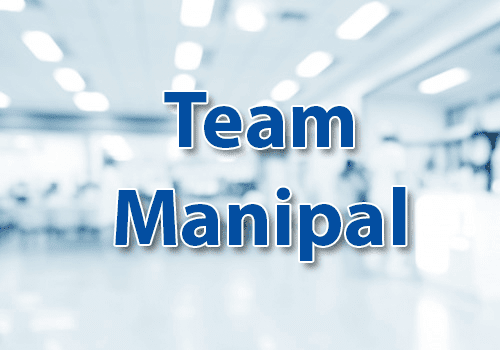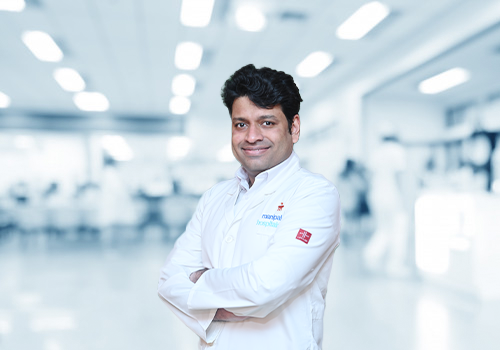
Open heart surgery is a surgical procedure where the chest is cut open to operate on the heart. It is used to correct several types of heart problems such as birth defects of the heart, heart valve diseases and coronary artery disease. It can fix problems in the heart valves and arteries, restore blood flow or replace a diseased heart altogether. Open heart surgery is a major operation associated with significant risks and potential complications. Nowadays, many heart surgeries can be performed with small incisions instead of making wide openings.
Synopsis
Types and Reasons for an Open Heart Surgery
-
The most common type of open-heart surgery is Common Artery Bypass Grafting (CABG). This is done to replace the diseased coronary artery with a healthy artery or vein taken from another part of the body, which allows the grafted artery to bypass the blocked artery and supply fresh blood to the heart. It is performed on patients with coronary heart disease to prevent heart attacks.
-
Another type of surgery is the heart transplant in which the damaged or diseased heart is replaced with a healthy heart from the donor.
-
Sometimes, the implantation of medical devices like pacemakers is carried out to help the heart function normally.
-
To treat irregularities such as atrial fibrillation, a maze procedure carried out. This is usually done if the patient is having another heart surgery such as coronary artery bypass or valve repair etc.
-
Open heart surgery is also performed to rectify the heart problems present at birth and to repair the defective valves of the heart which regulate the blood flow.
-
A problem is known as Aneurysm, in which there is a bulge in the main artery leaving the heart also can be repaired by open-heart surgery.
Visit the best cardiothoracic vascular surgery hospital to get the finest treatment.
How is heart surgery performed?
Preparation for the surgery starts the previous night. The patient can have an evening meal but should not eat or drink after midnight. The doctor administers general anaesthesia before starting the procedure to ensure that the patient is asleep and devoid of any sensation throughout the surgery. A 5- to 10-inch incision is made in the chest and the surgeon uses a surgical saw to cut through the breastbone in order to expose the heart and enable him to view and access the surgical area.
During the surgery, a heart-lung bypass machine is connected to the patient to supply oxygenated blood to the brain and other organs of the body. A healthy vein or artery is used to create a new path bypassing the blocked artery. After the surgery, the incision is closed with stitches and sutures. In some cases, sterna plating is done with small titanium plates to join the sterna bones in patients at high risk, such as old patients or those who have undergone multiple surgeries. The total duration of hospital stay depends on different factors such as the type of surgery carried out, age, heart condition, general health and medical history of the patient.
Risks of an open-heart surgery
Any surgical procedure has inherent risks. The risks of heart surgery include:
-
Heart attack or stroke
-
Lung or kidney failure
-
Chest wound infection
-
Irregular heartbeat
-
Severe chest pain
-
Memory loss or fuzziness
-
Blood clot or blood loss
-
Breathing difficulties
Consult with a team of cardiothoracic surgeons to know more about it.
Recovery from open-heart surgery
After the surgery, the patient is required to remain in the Intensive Care Unit (ICU) for some days, after which he/she remains in the hospital for a rest period of about 4-6 weeks. A breathing tube is put in place to help with the breathing. A line administering pain relief is inserted into the vein and the patient is constantly monitored.
The patient must take care to keep the incision site warm and dry and touch it with clean hands only. Hot water should be avoided during the shower; the warm water may be used instead. The incision site must be regularly inspected to look for signs of infection like redness around the area, increased drainage or oozing from the incision site, fever and/or warmth along the incision line. It is important to get sufficient sleep and rest after the surgery. The patient can take the pain medication about a half-hour before sleeping, arrange pillows to reduce muscle strain and avoid caffeine in the evenings in order to get better sleep.
Rehabilitation
Patients who have undergone heart surgery benefit from a comprehensive, structured rehabilitation program that includes exercise, dealing with stress, anxiety and depression, and reducing other risk factors. Recovery and the long-term outlook depend on the patient and the particular procedure.





















 2 Min Read
2 Min Read















